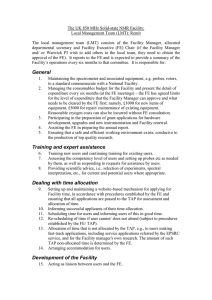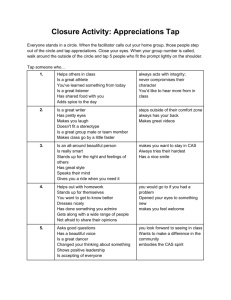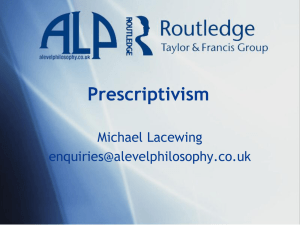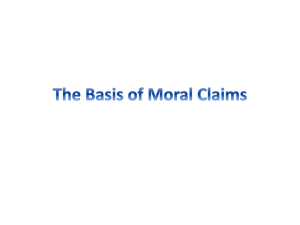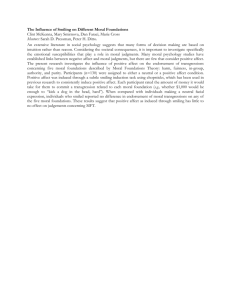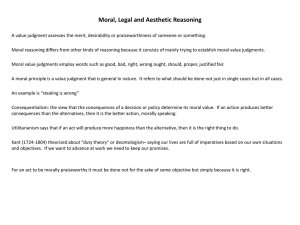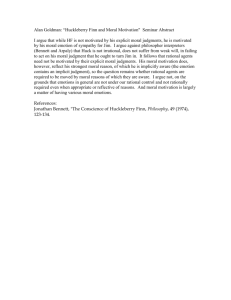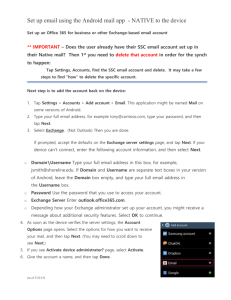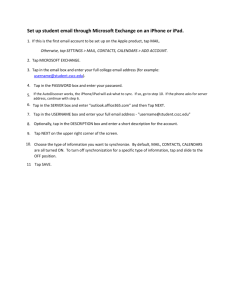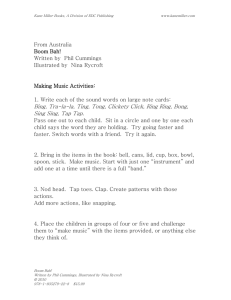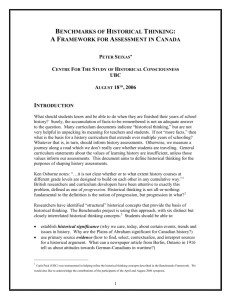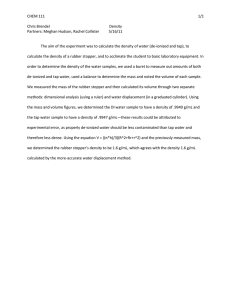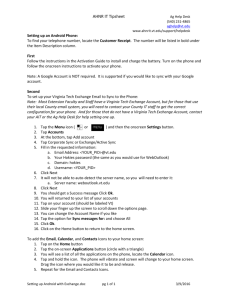Reviews of Books for Teaching History 1
advertisement
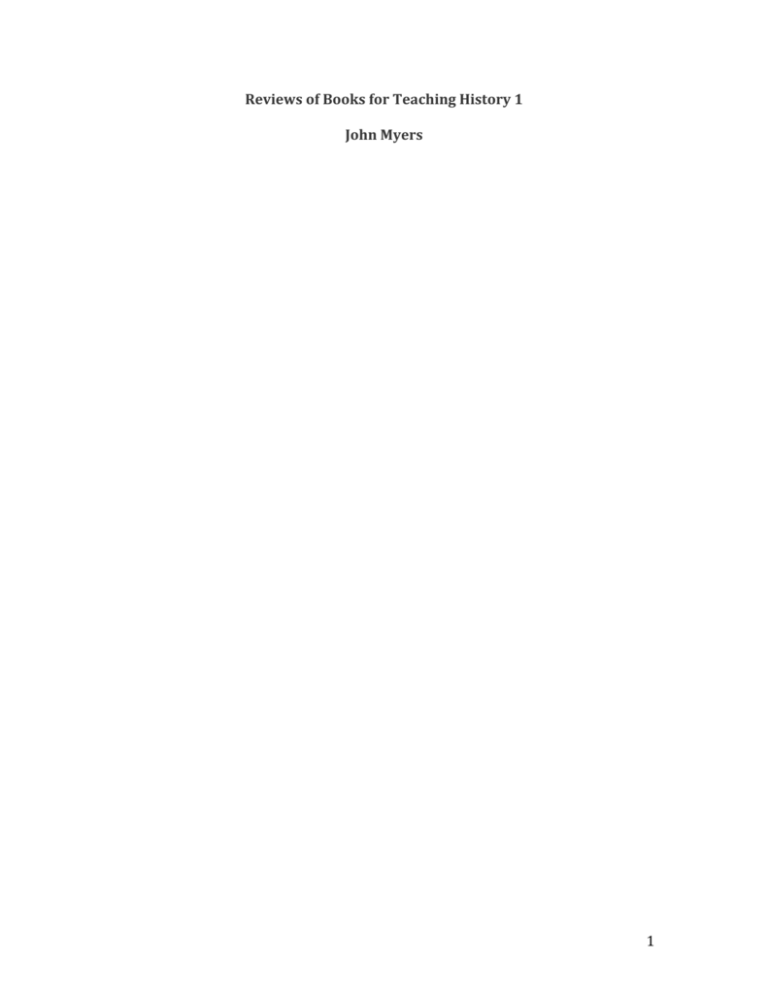
Reviews of Books for Teaching History 1 John Myers 1 There have been many recent efforts in both Canada and the United States to revitalize the discipline: to remind us that history is a “verb” not a “noun”— a process of investigation and deep thinking rather than a form of Trivial Pursuits (Sandwell, 2011). A number of books have been written on this theme. I have been fortunate to have met all of the authors of these works and have been lucky enough to work with some. All of these books have merit. But how can busy teachers choose what to follow and what to buy for their professional libraries? So here is a sampler of basic information and some key features for each book and sample learning tasks you can use before you buy the book and explore further. These are not full reviews and all of these books offer so much more. Many have web links that offer amazing entry points for going into depth. 1. Mike Demos and Roland Case (2006). Teaching about Historical Thinking. Vancouver: The Critical Thinking Consortium is one of many publications by TC2 in the area of social studies. I assume we have all heard of TC2, have purchased one or more of its publications or been to some workshop on “critical thinking". But let’s not take this useful resource for granted. Among the features I like are the opening vignettes The scene from “Christopher”, episode three from season four of The Sopranos, illustrates some of our challenges in teaching historical thinking (pp.1-2) used to introduce historical thinking concepts: - Historical significance Evidence Continuity and change Cause and consequence Historical perspective Moral judgment An event many of us remember was the October Crisis of 1970. Here it is used to introduce the chapter on moral judgments. When you read pages 53-4 while viewing the video clip of the famous interview with Trudeau justifying his use of troops, http://www.youtube.com/watch?v=-7_a2wa2dd4. The issues surround moral judgments in history are inescapable. Each of the six concepts considered key to understanding history as a discipline for thinking has examples and assessment possibilities along with supporting blackline masters. In addition to extensive support for a sample unit pulling all of the concepts together (Simon Fraser) there are many samples you can apply to almost any class. For example page 86 has a “Then and Now” exercise in which students are asked whether the items listed from “apartments” to “ beer” to “candy bars” to “ties” to taxis” to “toilets” to “wallets” “zippers” and nearly 100 more were present or absent 200 years ago. This is easily adaptable to even a then now list since the year 2000- scary as that may be. Such a list offers diagnostic assessment for student thinking about the past. It can also stimulate interest in continuity and change when 2 a particular idea or invention is followed throughout history such as food (http://www.foodtimeline.org). http://www.urbanghostsmedia.com/2011/03/1910-vintage-postcards-depictyear-2000/ have triggered debate about how the 20th century has or has not changed (thanks to a current student teacher Joshelin Horn for this gem). www.tc2.ca is rich with lots of tips and video clips suitable for students from grades 4 to 12. 3


